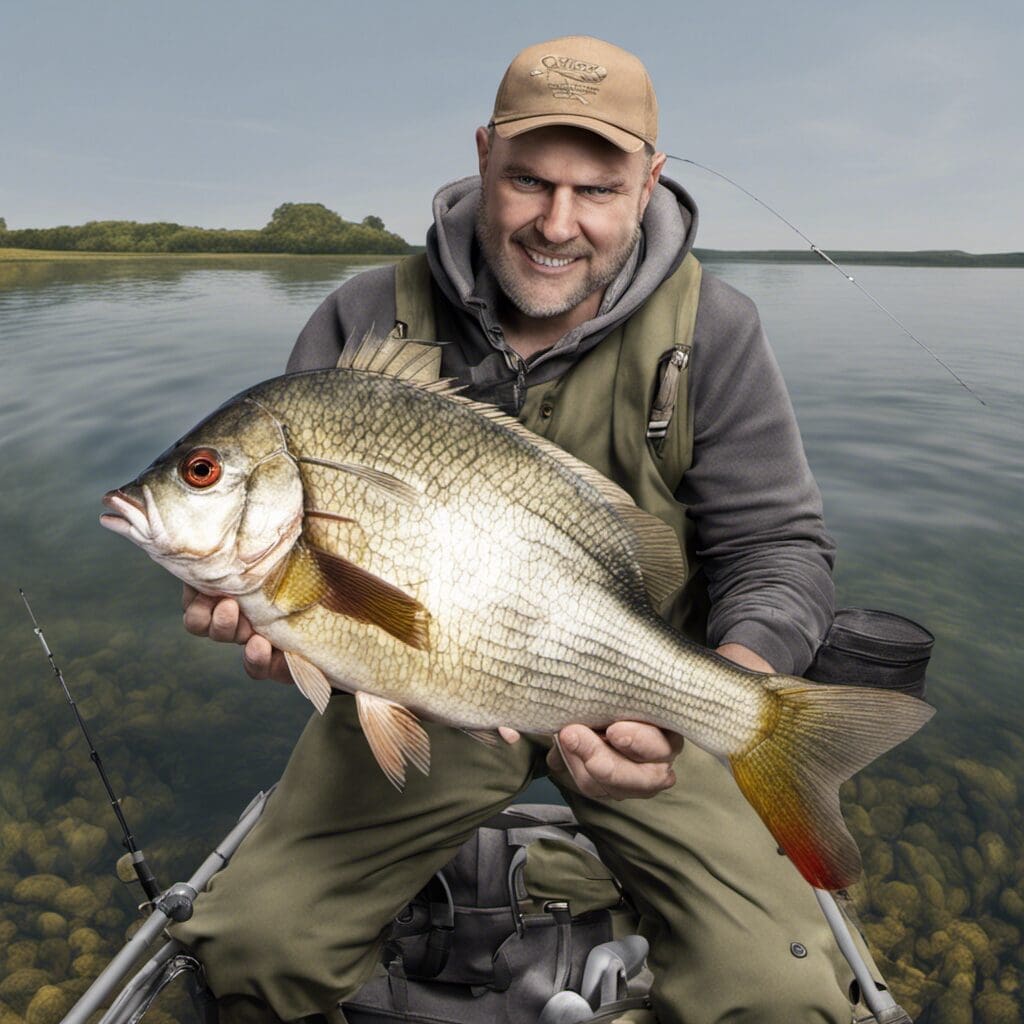Introduction
Species Name: Common Bream
Family Name: Cyprinidae
Common bream, scientifically known as Abramis brama, belongs to the Cyprinids family, one of the most abundant families of freshwater fishes worldwide. Its first description dates back to the early 18th century by Carl Linnaeus.
Conservation Status
Current status: Least Concern
Conservation efforts: Monitoring of population and removal of environmental pollutants
Common bream has a wide distribution across Europe and Western Asia. According to the International Union for Conservation of Nature (IUCN), this species is listed as Least Concern due to its extensive range, large overall population, and absence of any significant threats.
Statistics
| Category | Average | Range |
|---|---|---|
| Length | 30 cm | 20-70 cm |
| Weight | 2 kg | 1-9.1 kg |
| Average Lifespan | Up to 15 years | — |
Distribution
Regions/Countries: Europe and Western Asia
Migration patterns: None
Breams are bottom dwelling fish that are extensively distributed across still or slow-flowing freshwater bodies throughout Europe and Western Asia, primarily in rivers, lakes, and ponds.
Habitats
Water type: Freshwater
Depth range: Shallow
Temperature range: 3 °C-25 °C
Bream favor warm, still or slow-flowing waters of lakes, ponds, and large rivers, often with substrates consisting of silt or clay.
When and Where to See
Seasonal patterns: Most active during warmer months
Time of day: Dawn and Dusk.
Best Fishing Locations
- Lake Michigan, USA
- Volga River, Russia
- Frankfurt am Main, Germany
- Danube River, Hungary
- Loire River, France
How to Catch
Preferred bait or lures: Worms, Insects, Bread
Fishing techniques: Bottom fishing, float fishing
Best time of day or season for fishing: Early morning and late afternoon; warm months
Bream often feed off the bottom, so using bottom-oriented techniques with bait such as worms, insects, or bread can be successful.
Identification Guide
The common bream can be easily distinguished by its deep body, narrow, pointed head, large scales and a small, pointed dorsal fin. The overall colour is silvery bronze.
Culinary
How to Cook: Grilling, smoking, or frying
Taste Profile: Sweet, rich flavor
Nutritional Information: High in protein, low in fat
Additional Information
Bream are slow-developing, long-lived fish. When threatened, they often hide in dense plant growth or riverbanks. They are a significant component of regional diets and are commercially important in some areas.
References and Further Reading
- IUCN Red List – Common Bream
- FishBase – Common Bream

